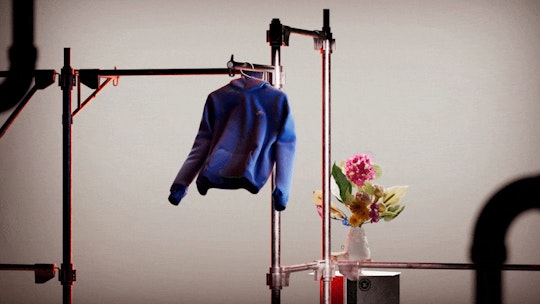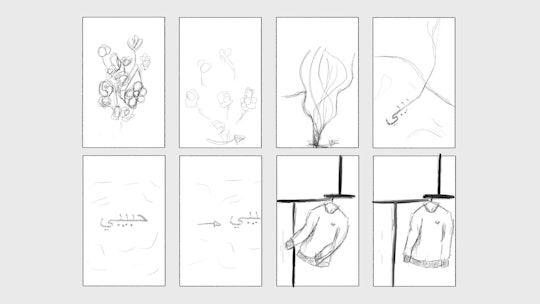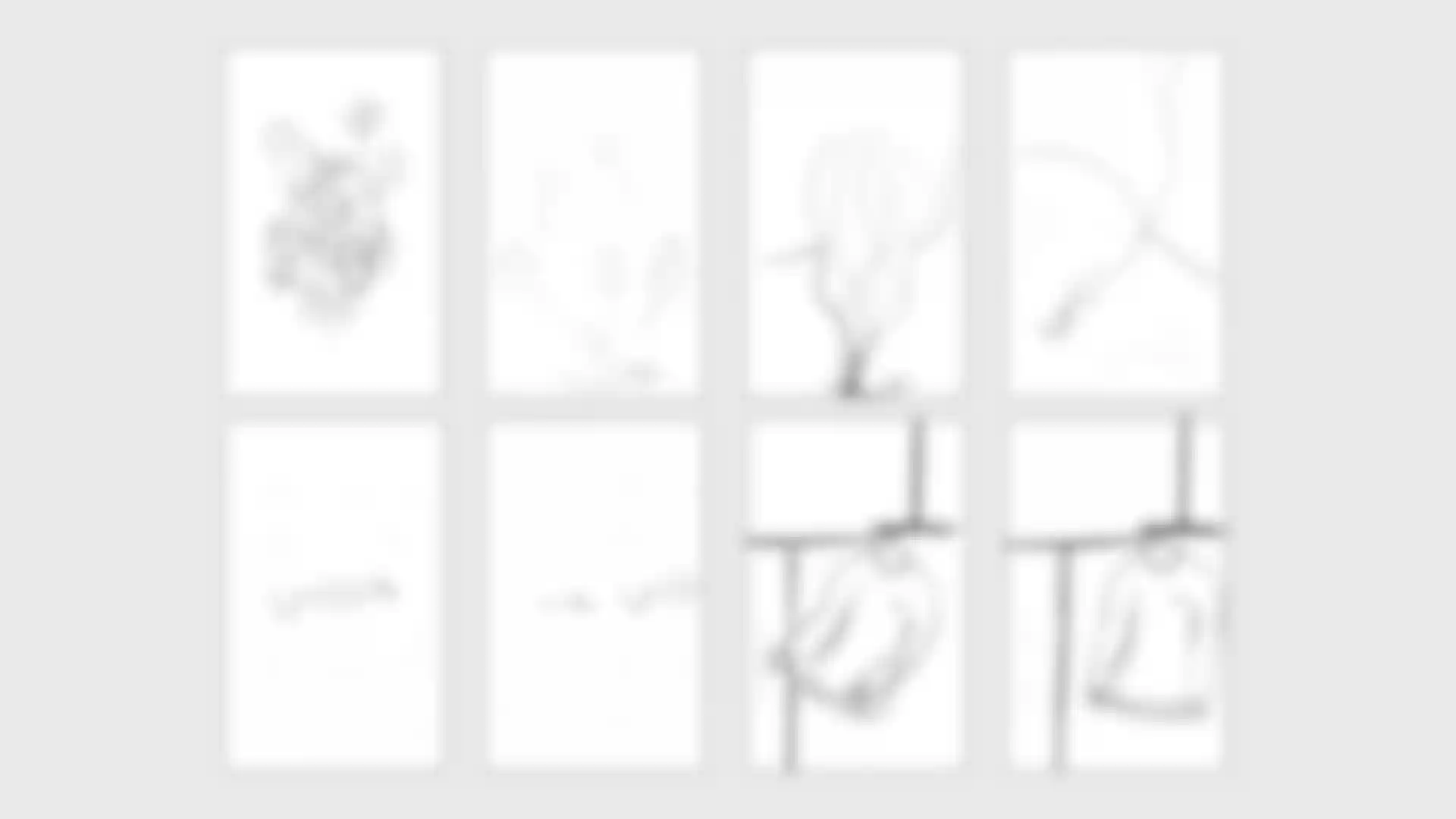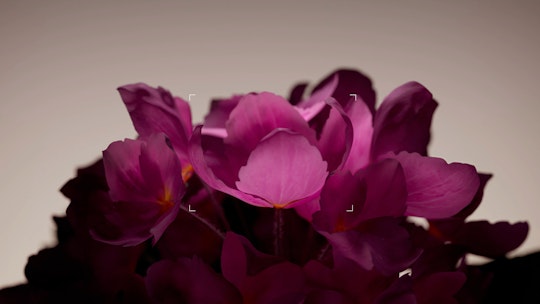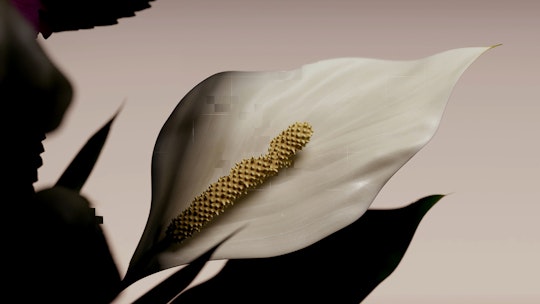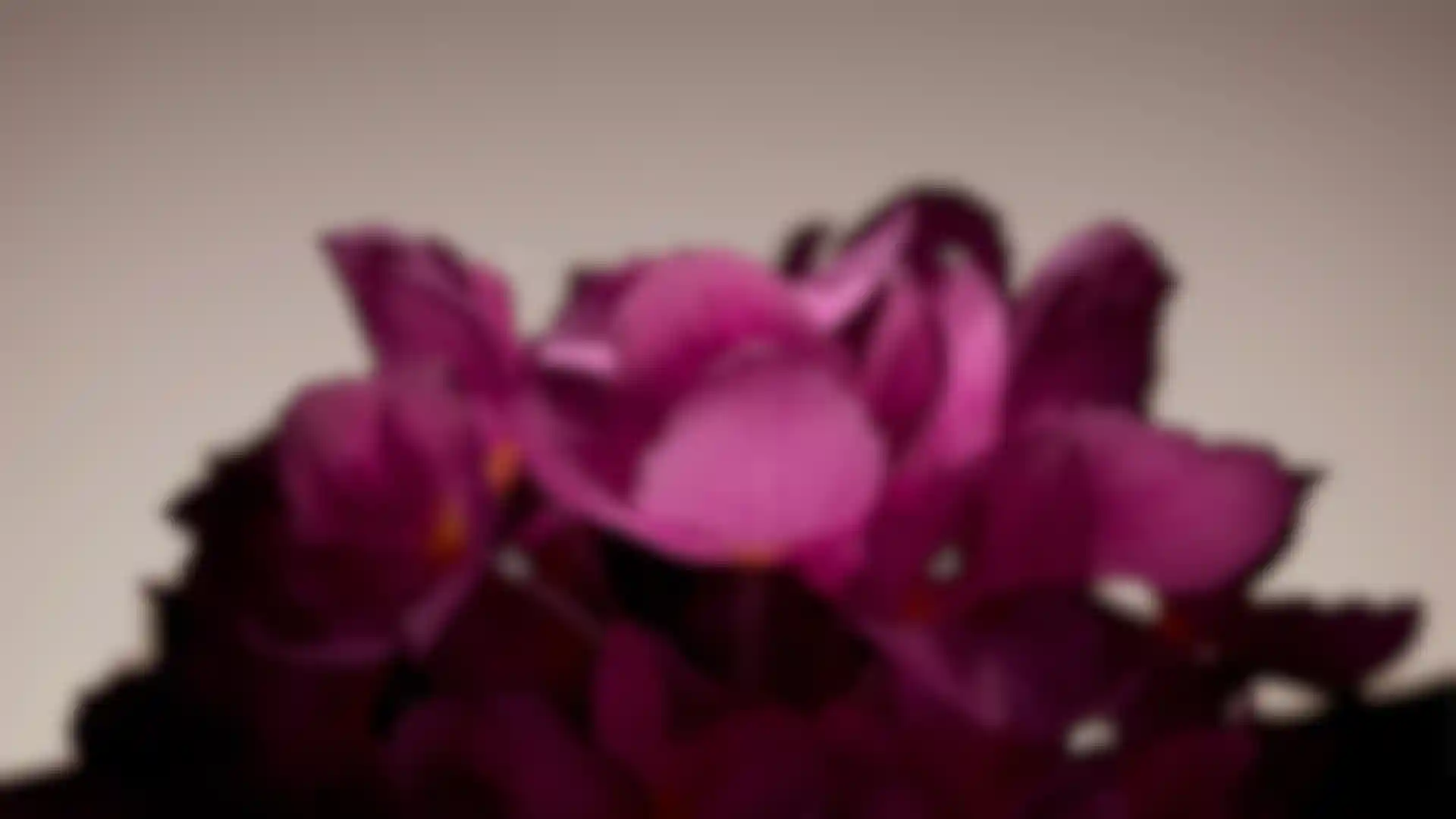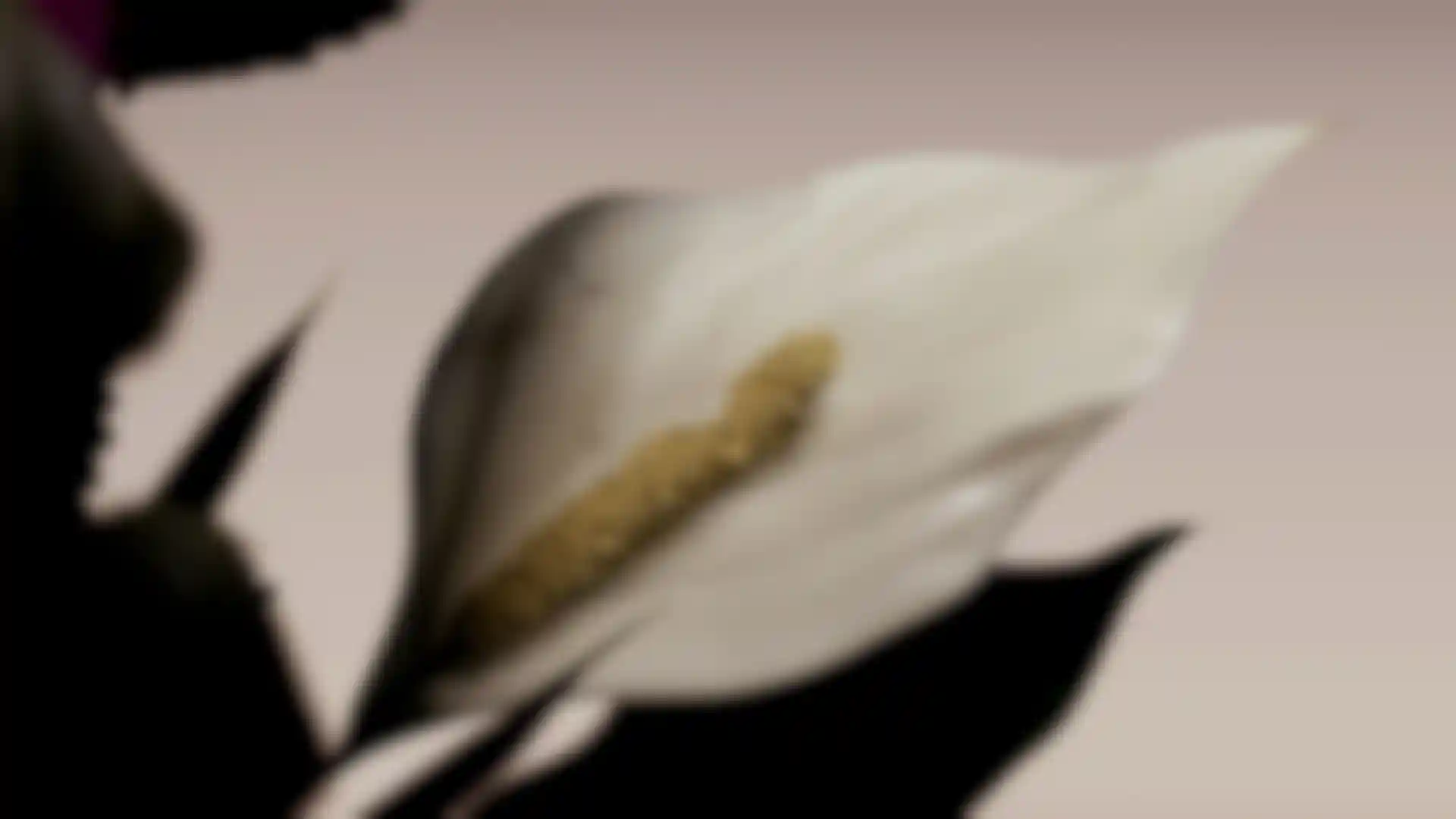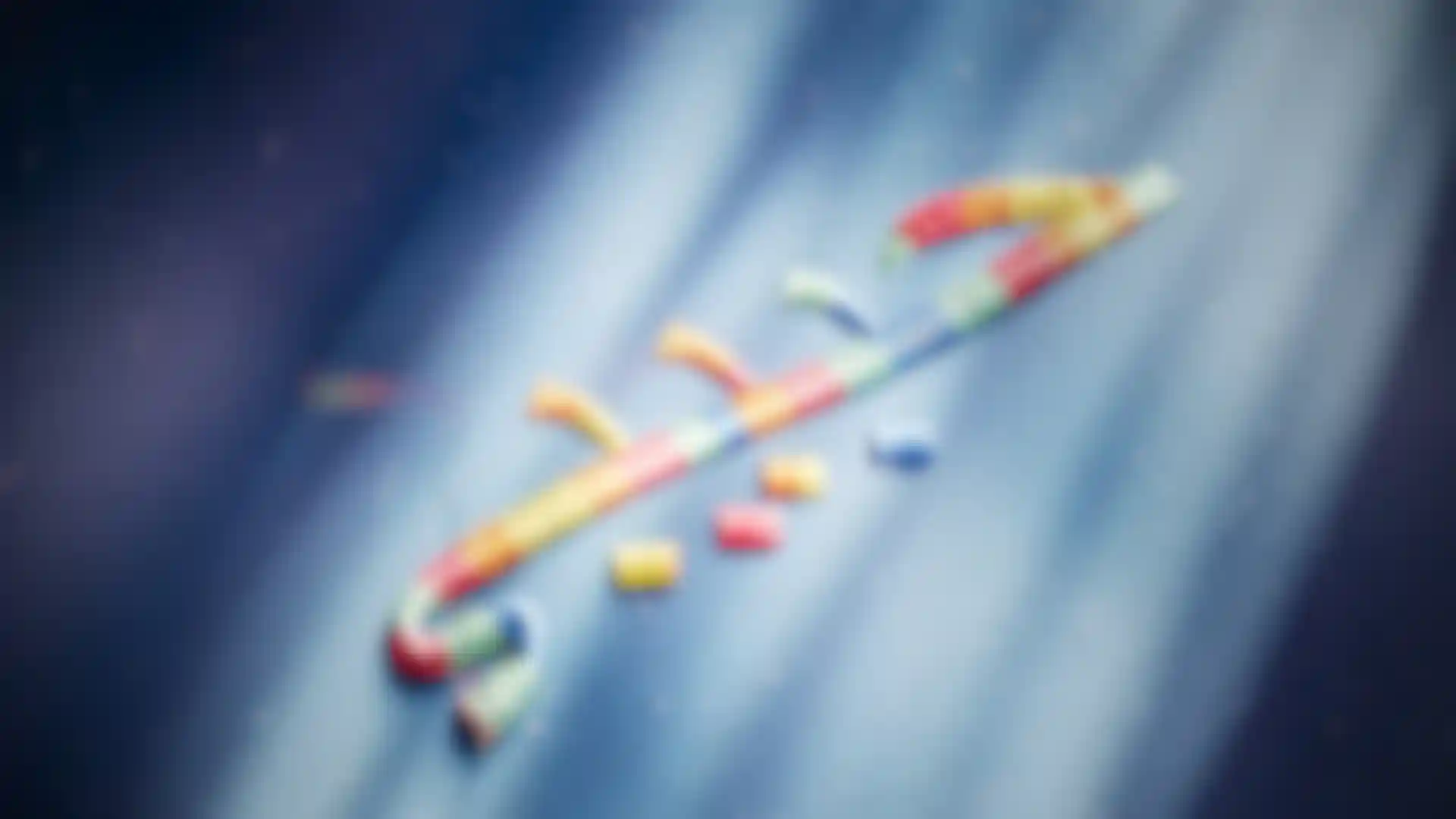
Changing Perceptions with Maxon One Artist Kevin Jaeger blurs the lines between digital craftsmanship and fine art.
A few years ago, Hamburg-based artist Kevin Jaeger met the owner of clothing retailer Habibi. Impressed by their clothes and message, he proposed a collaborative promotional project that would address Habibi’s concept that the perception of Arabic script in the West is often associated with negative stereotypes.
The project uses flowers as synonyms for beauty and positivity, illustrating how diverse elements from across the world can unite to create something beautiful.
We sat down with Jaeger to delve into his evolution as a 3D artist, and learn how he leverages Cinema 4D, Redshift, and Marvelous Designer to bring conceptual visions into mesmerizing animations.
Tell us a bit about yourself and how you became a 3D artist.
Jaeger: My journey began over a decade ago while I was aiming to become an illustrator, but my path led me to web design and animation instead. That was when I first encountered 3D animation, thanks to a creative director I worked with who was fond of using Cinema 4D. Despite an initial struggle with the concept of 3D and a brief hiatus, I was drawn back by the many possibilities 3D offered, things I couldn't do in other creative roles.

After teaching myself through endless YouTube tutorials and finally feeling confident in my skills, I established a 3D department at the company where I worked. After a couple more job changes, I decided to go freelance, which has allowed me to dive deep into 3D work.
Now, my work isn't just about producing images; it's about conceptualizing the whole package, especially in projects like advertising campaigns where I might design the entire concept and then bring it to life in 3D.
Talk about the design process of the Habibi project.
Jaeger: I pondered over how to visually represent immigration in our society as a whole and landed on the idea of using flowers to represent the idea of diverse elements from around the world coming together to create something beautiful. It’s a metaphor also aligned with Habibi’s ID logo concept, which allows color customization when purchasing a hoodie or t-shirt, symbolizing individuality and unity.
Moving forward with that thought, I envisioned a flower transforming into a thread weaving into the Habibi logo on a hoodie. I sketched a storyboard and reached out to the owner of Habibi, pitching the idea and hopeful for a collaborative opportunity.
What is your process for realizing your concepts?
Jaeger: I’ll start by researching elements related to the project, in this case flowers, thread, and other visual inspirations and began to consider potential designs. I tried to envision how the flowers could look, what the lighting might be, and what motion and animation approach would be a good fit.
I’ll sketch out ideas or do a quick test in Cinema 4D if it is something simple. Then it's a constant back and forth, jumping between sketches, software, and mood boards until the project starts to come together.
Tell us about your typical software tools, and some techniques you use.
Jaeger: It's mainly Cinema 4D with Redshift as the render engine for the base of my projects. In this case I used Marvelous Designer for the hoodie simulation. I sketch on my iPad using Procreate and Pinterest is my go-to for creating mood boards.
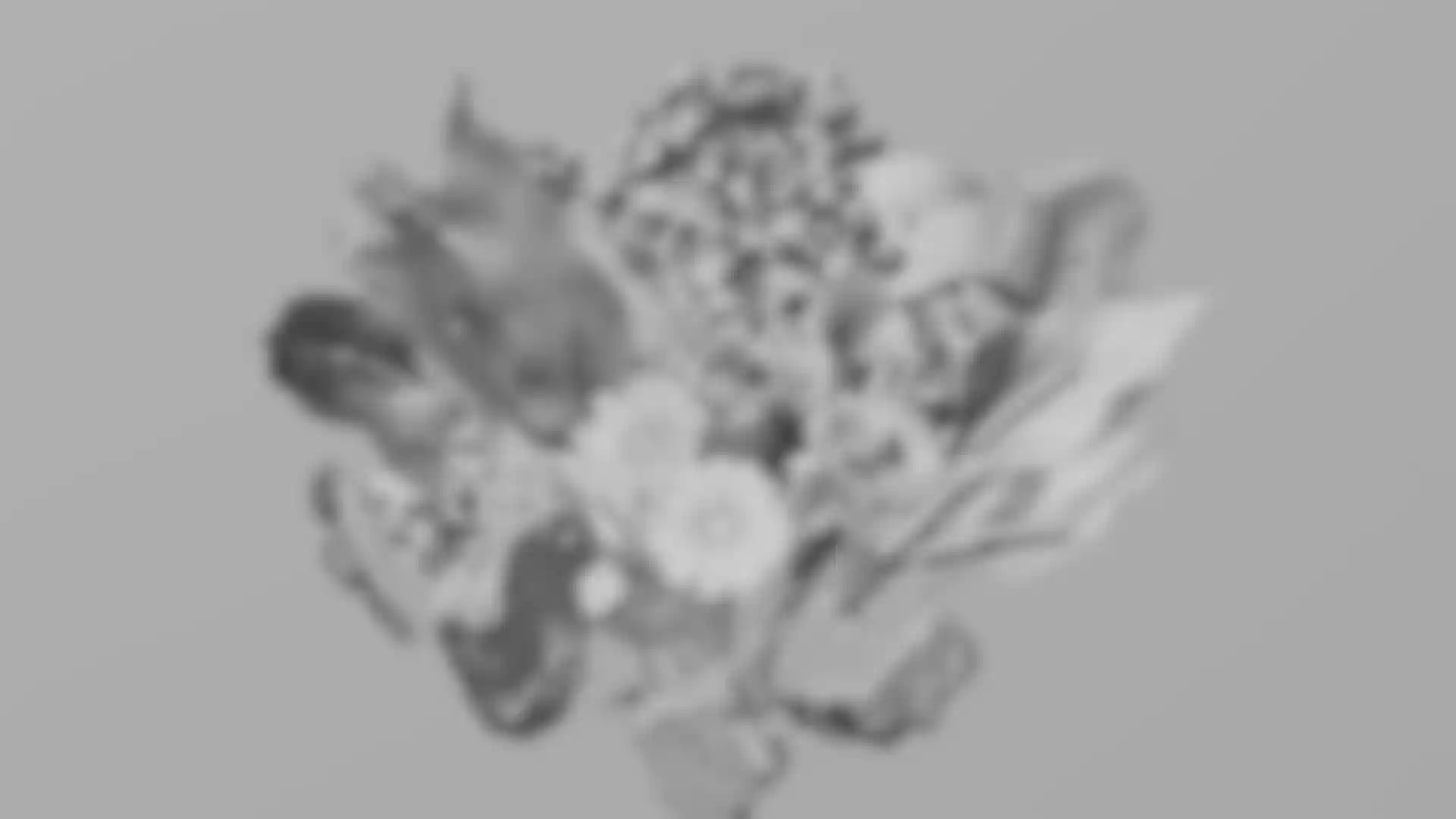
My workflow depends heavily on C4D deformers, which are essential daily tools for me. I really appreciate being able to set up a scene with the flexibility to adjust everything late. This is particularly useful adapting to a client’s requested changes without needing to redo a lot of the work.
I also make extensive use of the volume modeling tools as I can achieve good results without complex modeling techniques. I can start with simple shapes, manipulate them with deformers, apply volume meshing, and then refine the mesh to get nicely modeled forms with excellent topology. It’s a much more straightforward approach than traditional polygon modeling.
What were some challenges with this project?
Jaeger: I didn't just want to create a nice animation for the brand; I also aimed to develop and integrate my own style. I’ve been working with elements like glitches and visible pixels and wanted to bring this into the animation so that it felt more like a collaboration than just an advertisement.
Another tricky part was animating the cloth, which was in C4D initially but I have more experience using Marvelous Designer for cloth simulation, so I decided to use that instead and that worked out quite well.
The camera movement was particularly complicated as well, as it needed to follow the stitching of the logo smoothly. What seemed simple in my mood board or sketches was actually quite painful to execute. It required setting and adjusting many keyframes to avoid any awkward swiveling and took about two days just to get right.
And of course, making the flowers look nice and working on the Redshift lighting also took a lot of effort. At one point I decided to redo all the lighting because I felt it could be better. We didn’t have a specific deadline, which allowed me to take the time to really polish the work.
I'm really investing in my art journey. I aim to delve deeper into art, similar to the work I share on my Instagram. I'm currently exploring sculpture extensively and learning a great deal from it.
Lewis McGregor is a content writer and filmmaker from South Wales.
